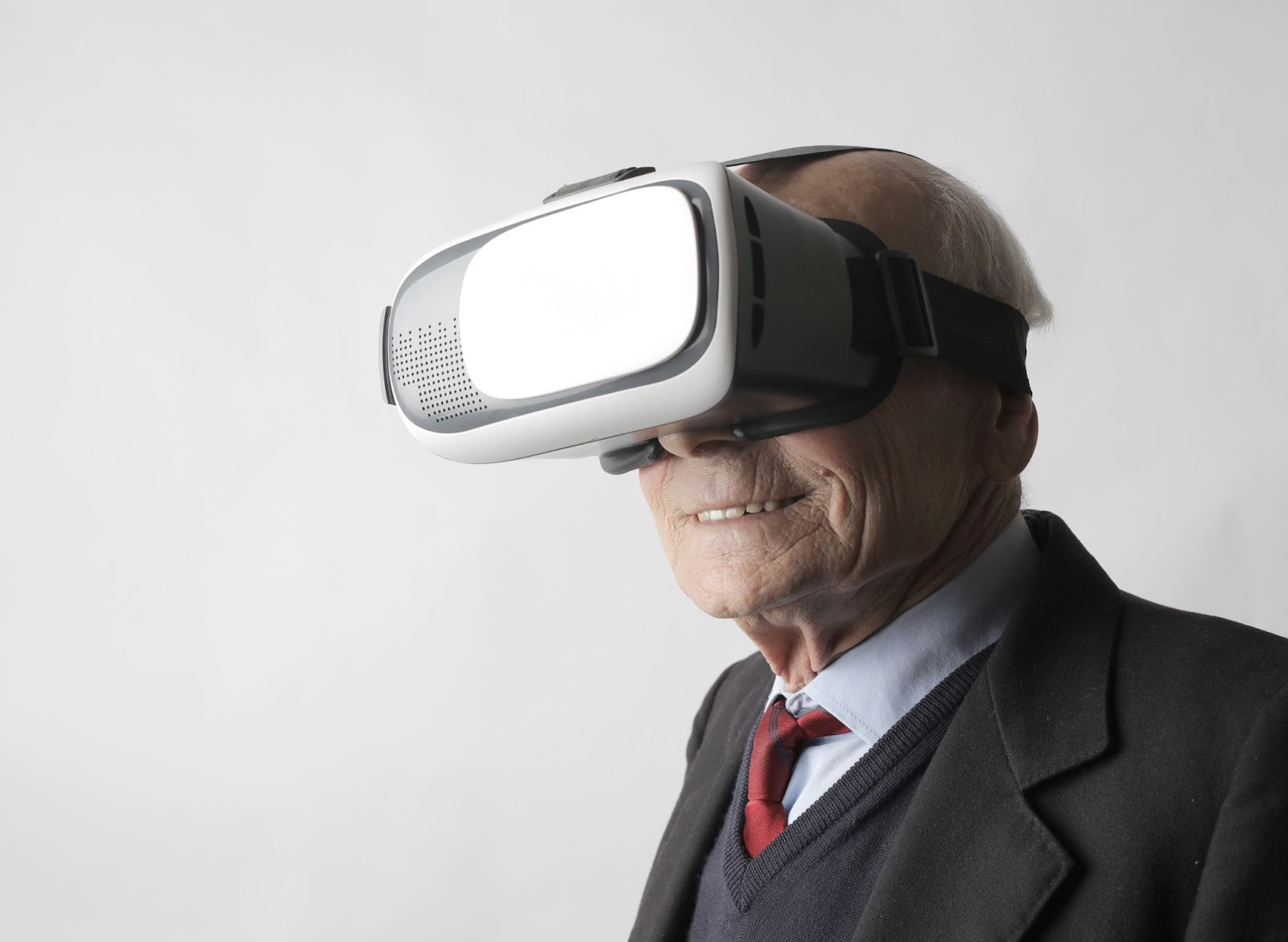As an avid gamer and fitness enthusiast, I’ve been keeping a close eye on the rise of virtual reality (VR) games that aim to get our heart rates up. It’s clear that technology is revolutionizing how we work out, bringing a fresh spin to traditional exercise regimes. VR fitness games blend entertainment and exercise seamlessly, making workouts not just bearable but enjoyable too.
There are quite a few promising titles in the pipeline that I’d like to draw your attention to. They’re set to take our home workout routines by storm, turning them into immersive experiences which keep us engaged while burning calories. Trust me, you’ll want these VR fitness games on your radar!
In this age where being healthy is paramount yet finding time for gym sessions can be challenging, VR fitness games offer a compelling solution. They resonate with both gamers and non-gamers alike; after all who doesn’t love having fun while staying fit? The upcoming releases promise even more variety and innovation in this space – from high-octane combat sessions to zen yoga classes inside picturesque landscapes.
Upcoming Fitness Games for VR
I’ve noticed a rising trend in the gaming world that’s caught my interest – fitness games for virtual reality (VR). They’re not just your average gym workouts turned digital, but innovative experiences that engage both body and mind. Think of it as having your private fitness studio, where you can punch, dance, or even climb mountains without stepping outside your living room.
Let’s start with Beat Saber by Hyperbolic Magnetism. This rhythm game has players slashing through music beats projected at them in a 3D space. It’s an immersive experience that doesn’t feel like exercise at all, but trust me; it gives quite a workout! According to VR Institute of Health and Exercise, an hour of playing Beat Saber burns approximately 400-600 calories – almost equivalent to an hour-long tennis match!
Following up is BoxVR by FitXR which aims to make high-intensity workouts fun. With professional trainers curating sessions and new exhilarating workouts released each week, it’s easy to stay motivated here. Plus, who wouldn’t love throwing punches at targets flying towards them?
Another gem I unearthed is Supernatural by Within Unlimited Inc., bringing a whole new meaning to home workouts. Offering daily cardio classes set against stunning landscapes from around the globe – imagine doing squats amidst snow-capped Himalayas – Supernatural makes working out less chore-like.
And let’s not forget about Crytek’s The Climb series that lets you experience rock climbing from the safety (and comfort) of your home. So if heights aren’t really your thing but you’d still love the thrill – this one’s for you!These are just some examples from a rapidly expanding arena of VR fitness games that promise more than just breaking a sweat — they’re about having fun whilst doing so!
The Rise of Virtual Reality in Health and Fitness
Virtual reality (VR) has been making waves in the health and fitness industry. It’s no longer just about gaming; VR is transforming how we approach exercise and wellness. This technology offers immersive experiences that can make workouts fun, engaging, and more effective.
In recent years, I’ve seen a surge in VR fitness games hitting the market. These games turn physical activity into an exciting adventure – think boxing against virtual opponents or dancing to upbeat tunes. They’re not just entertaining either; research shows these games can deliver real results. A study by the Virtual Reality Institute of Health and Exercise found that certain VR games burn more calories per minute than traditional exercises like treadmill running or weightlifting.The rise of virtual reality in health and fitness isn’t limited to home workouts though. Gyms are also adopting this technology, incorporating VR treadmills and stationary bikes into their facilities. Some even offer classes led by virtual instructors! This trend reflects a broader shift towards digitalisation in the fitness industry, with technologies like AI-powered personal trainers becoming increasingly prevalent.
There’s another angle to consider too: rehabilitation. Virtual reality is proving useful for medical professionals helping patients recover from injuries or manage chronic conditions. For example, physiotherapists use VR simulations to aid stroke victims regain motor skills.
It seems clear that virtual reality’s role in health and fitness will continue growing as technology improves:
- More sophisticated tracking systems could provide precise feedback on performance.
- Advances in haptic technology might allow users to feel resistance when lifting virtual weights.
- Innovative software could create personalized workout programs based on individual needs.
